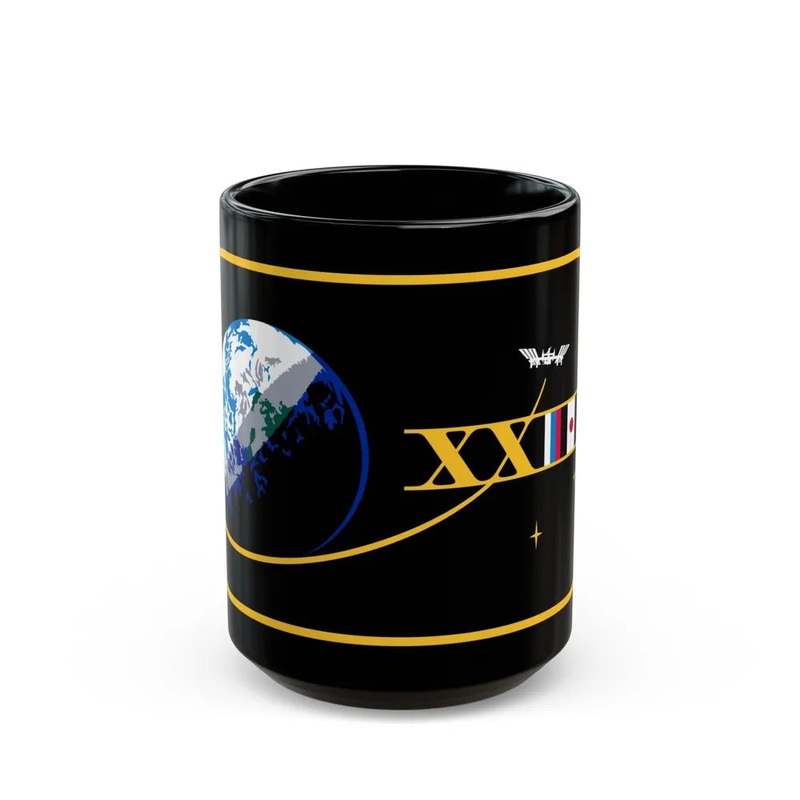
**ISS Expedition 23** ISS Expedition 23 was a long-duration mission on the International Space Station (ISS) that took place from November 2009 to May 2010. During this period, three separate crews visited the station for approximately 6 months each, allowing continuous human presence aboard the orbiting laboratory. The expedition was a joint project among NASA (National Aeronautics and Space Administration), Roscosmos (the Russian federal space agency), JAXA (Japan Aerospace Exploration Agency), and ESA (European Space Agency). The primary objectives of ISS Expedition 23 included conducting scientific research, maintaining the station, and installing new hardware. Notable activities during this expedition include the launch and installation of the Japanese Kibo laboratory module's Experiment Module Exposed Section (EMES-1), and the continuation of human tissue studies and protein crystal growth experiments. The mission also marked the 50th anniversary of continuous human presence in space, which began with Yuri Gagarin's flight on Vostok 1 in 1961. Expedition 23 was led by NASA astronaut Jeffrey Williams and Russian cosmonaut Maxim Surayev, who served as the flight engineers during their stay aboard the ISS. Their time in space was divided between conducting experiments, maintaining the station's life support systems, and assisting with the dockings of cargo and crewed spacecraft. After successfully completing their mission, they were relieved by the Expedition 24 crew on May 27, 2010.
